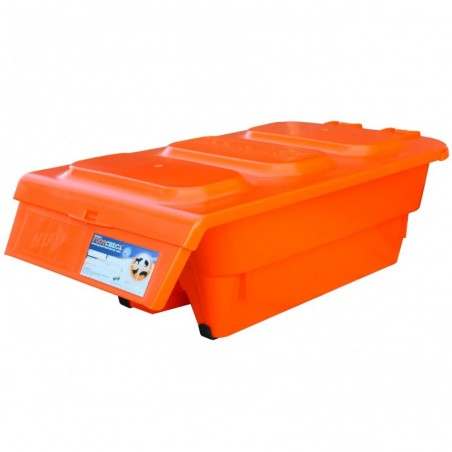The purpose of this manual is to provide veterinary professionals, para-professionals, and laboratory diagnosticians with the information they need to promptly diagnose and react to an outbreak or case of African swine fever (ASF). Pig farmers, hunters and forest managers will also benefit from reading it.
With an extremely high potential for transboundary spread, the disease is today considered endemic in sub-Saharan Africa, Sardinia (Italy), and parts of the Caucasus and Eastern Europe. ASF could be spread from these areas along with the transboundary movements of individuals, pork products, fomites, and infected wild boar. Any country with a pig sector is at risk. The backyard farming sector, characterized by low biosecurity, is particularly vulnerable.

In the absence of any effective vaccine or treatment, the best strategy against ASF is for veterinary services to set up an early detection plan, coupled with an early response mechanism for outbreaks. The awareness and training of veterinary professionals and others who find themselves on the front line is crucial for effective implementation.
This manual provides general information on the disease and its causes, including epidemiology, transmission pathways and geographic distribution. It then follows chronologically with the detection and diagnosis of ASF, from field diagnosis (clinical signs, postmortem findings and differential diagnosis) to laboratory confirmation (i.e. all main techniques for the detection of both virus and antibodies). Included are recommendations on how to sample, pack and transport specimens from the field to the laboratory, and the immediate actions required at farm level when an outbreak is suspected. Although in less detail, the manual also covers ASF awareness-raising, prevention and control. Finally, sources of assistance are recommended, together with suggestions for further reading.
African Swine Fever: detection and diagnosis - A manual for veterinarians
June 2017/ FAO.
http://www.fao.org







